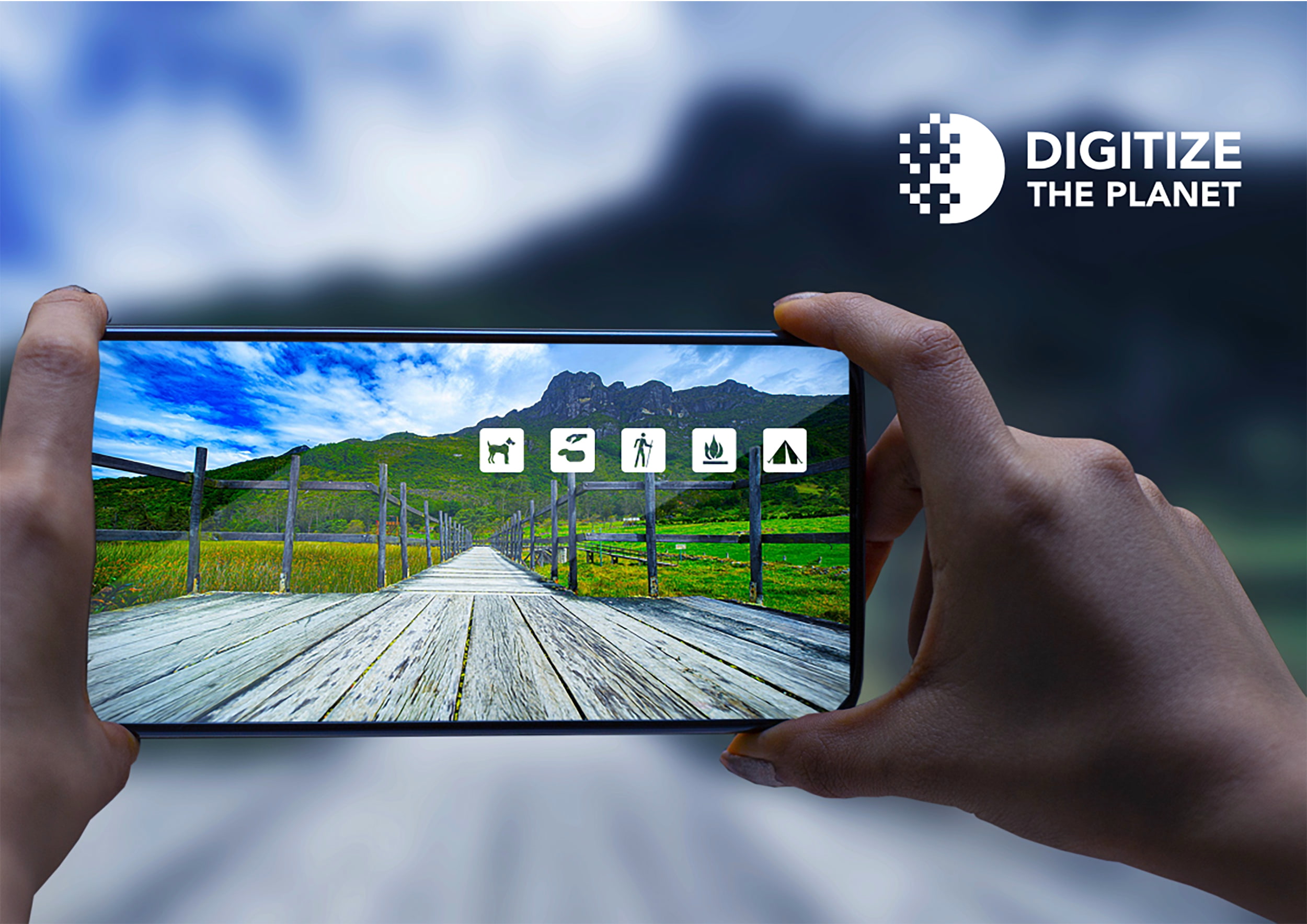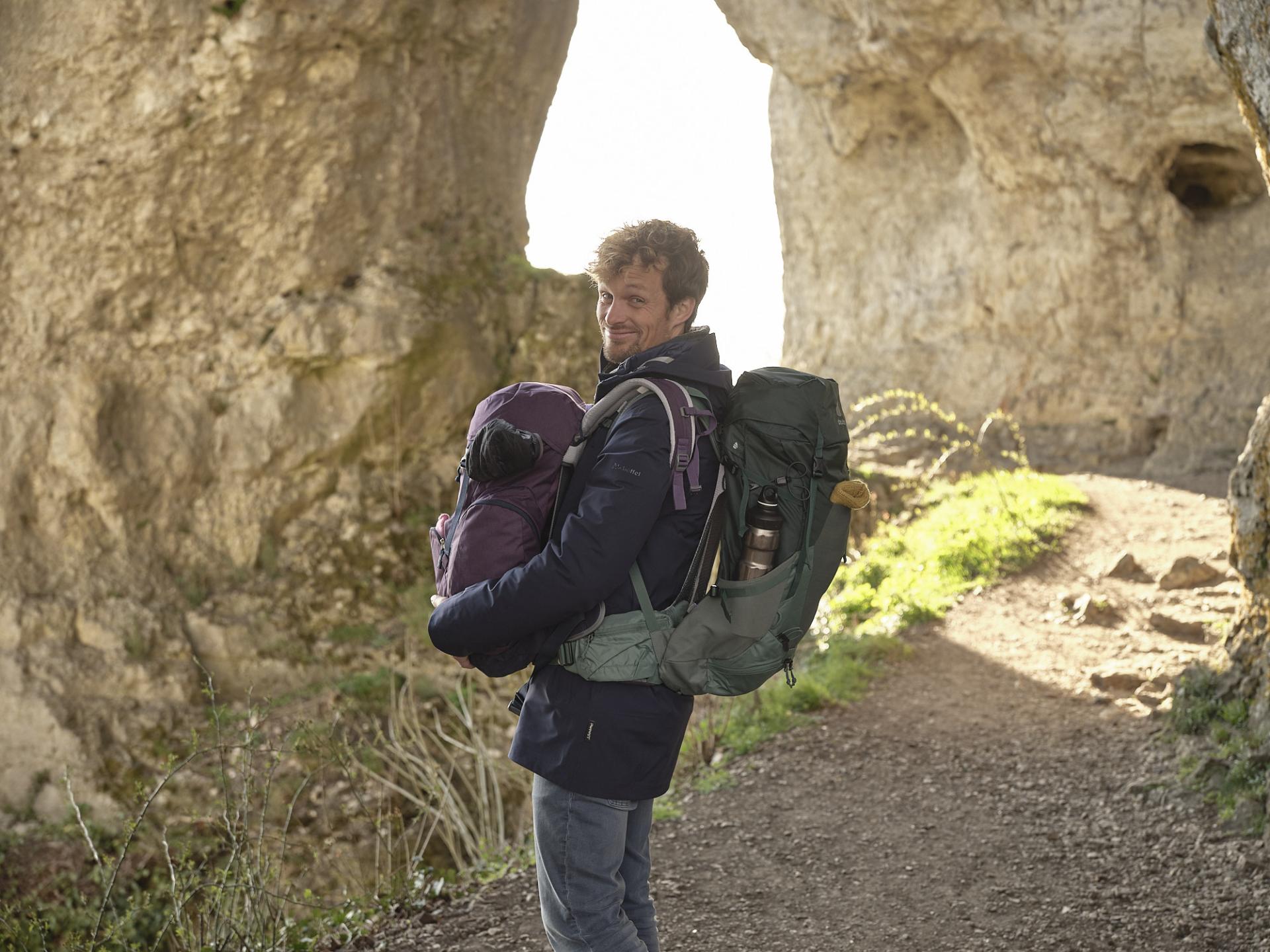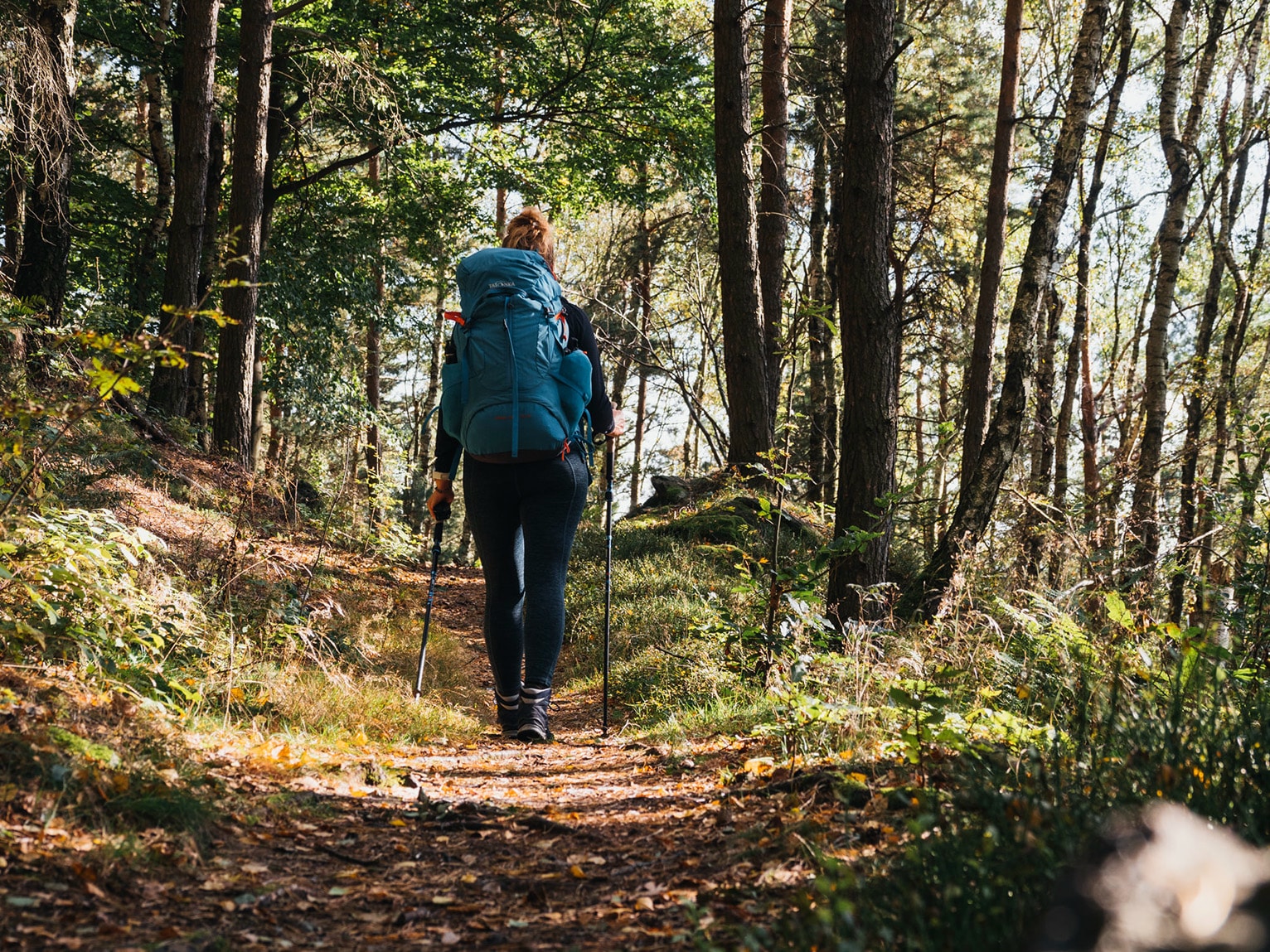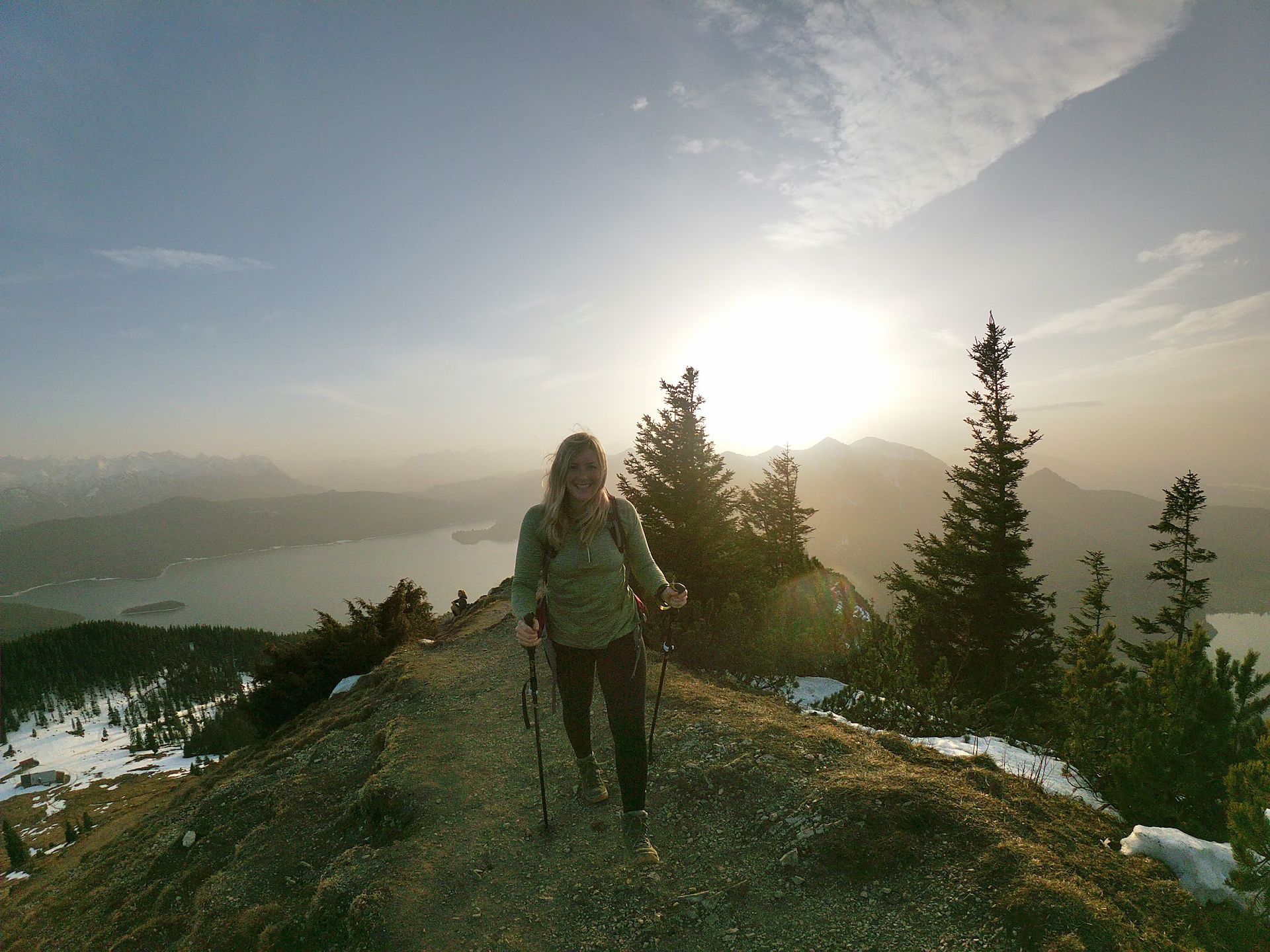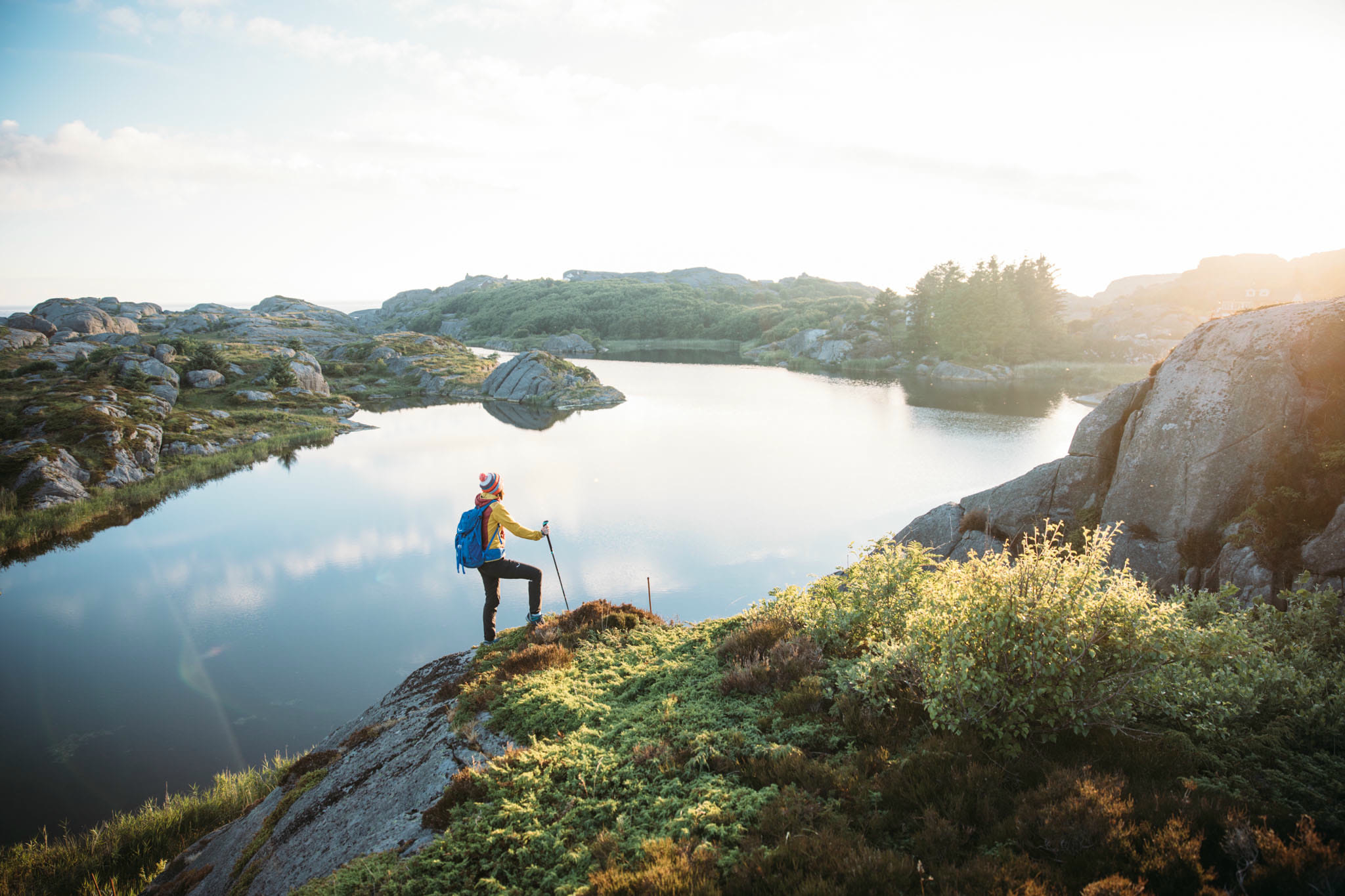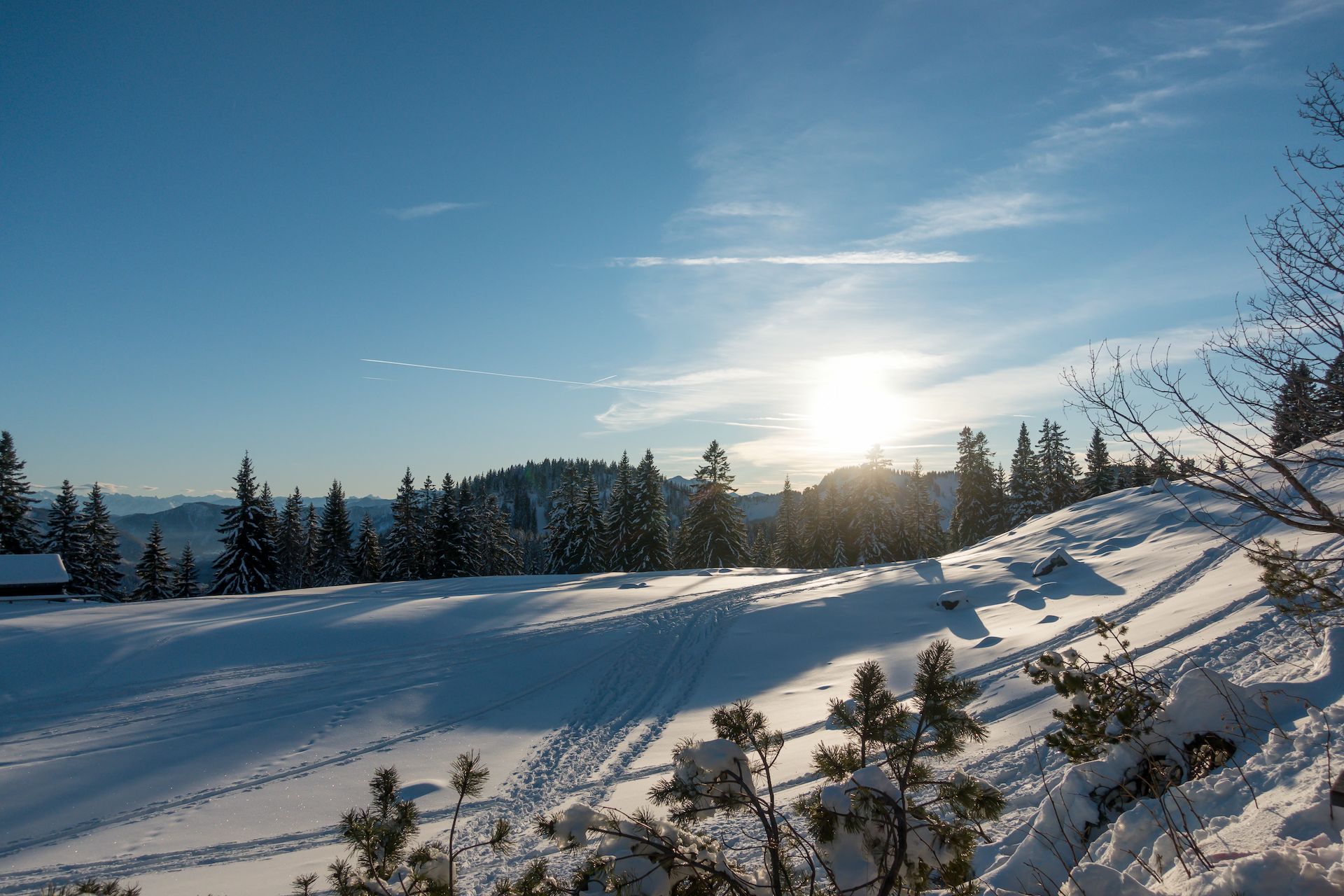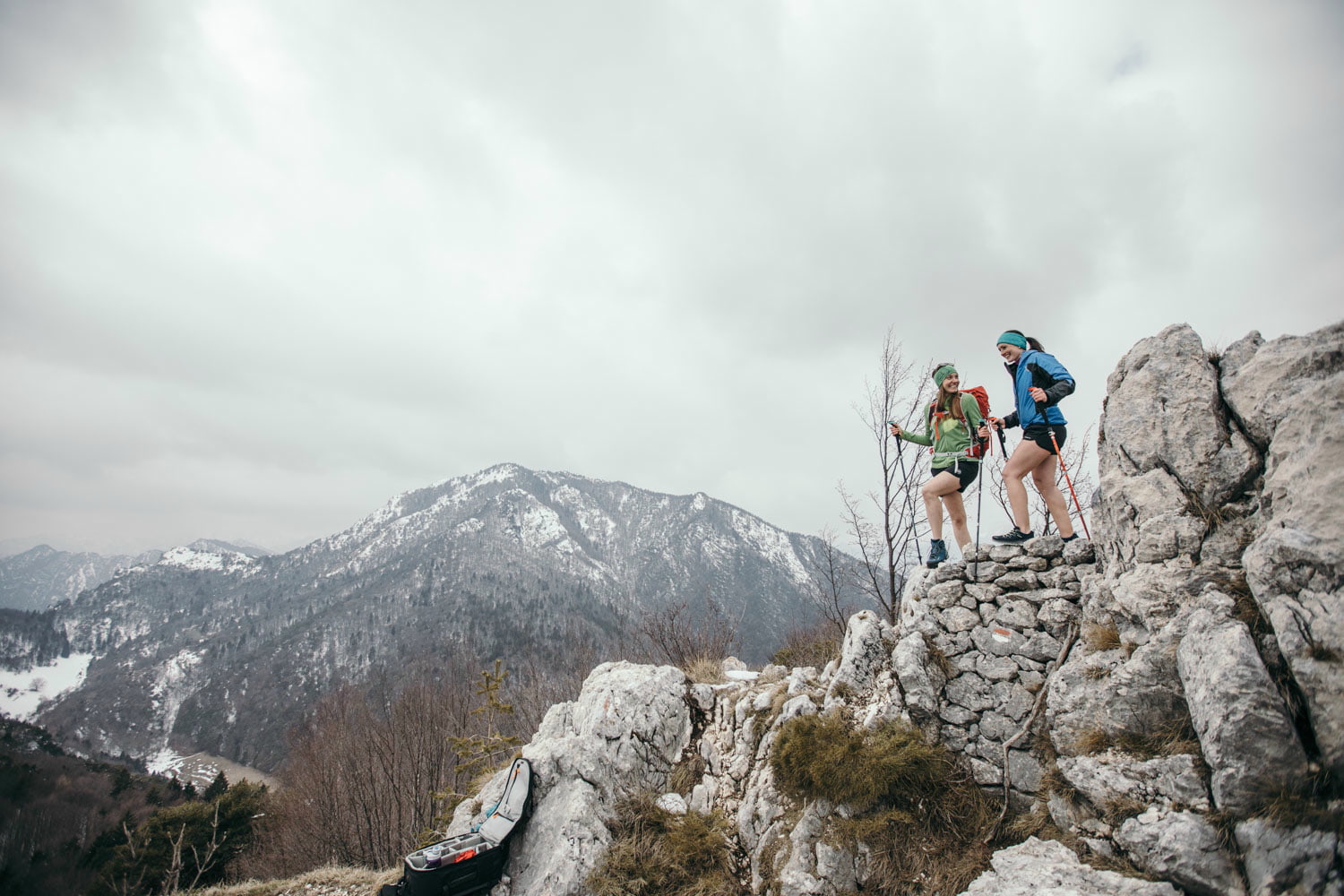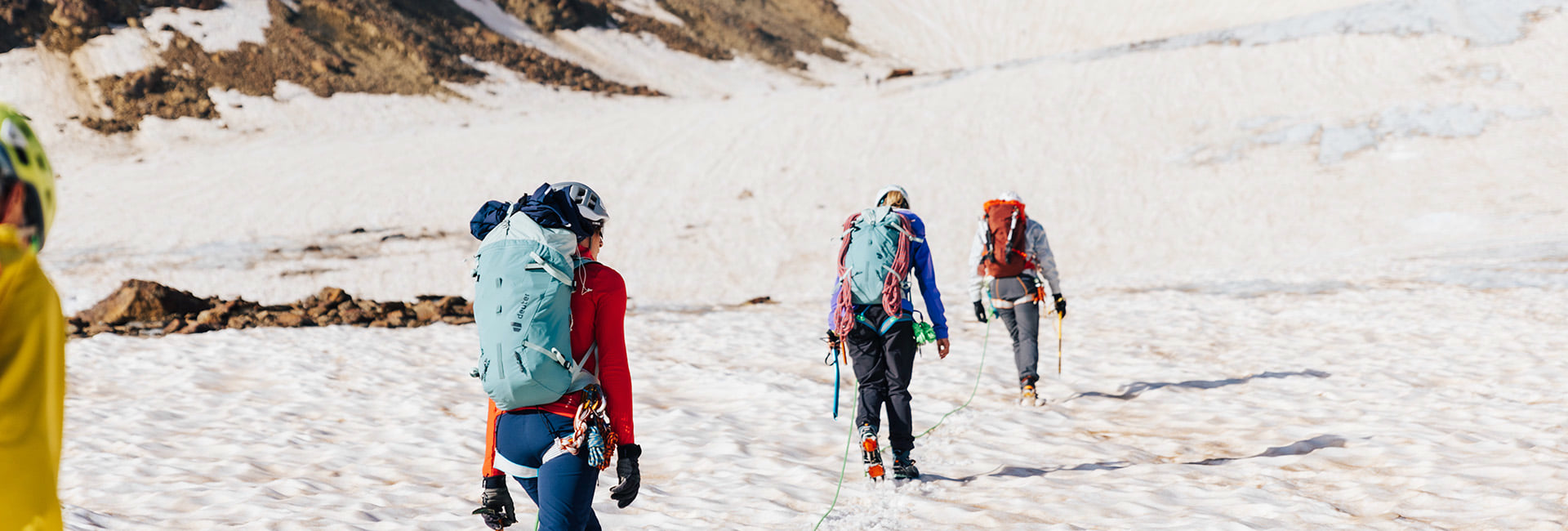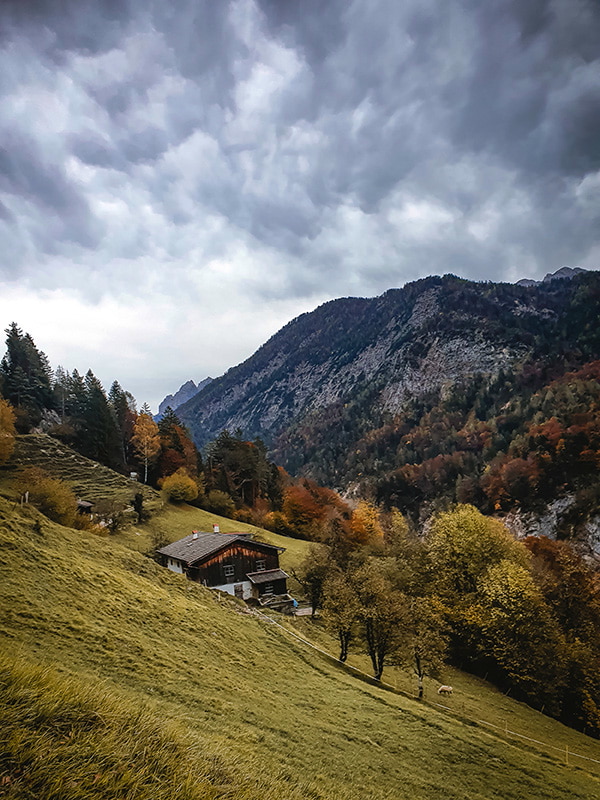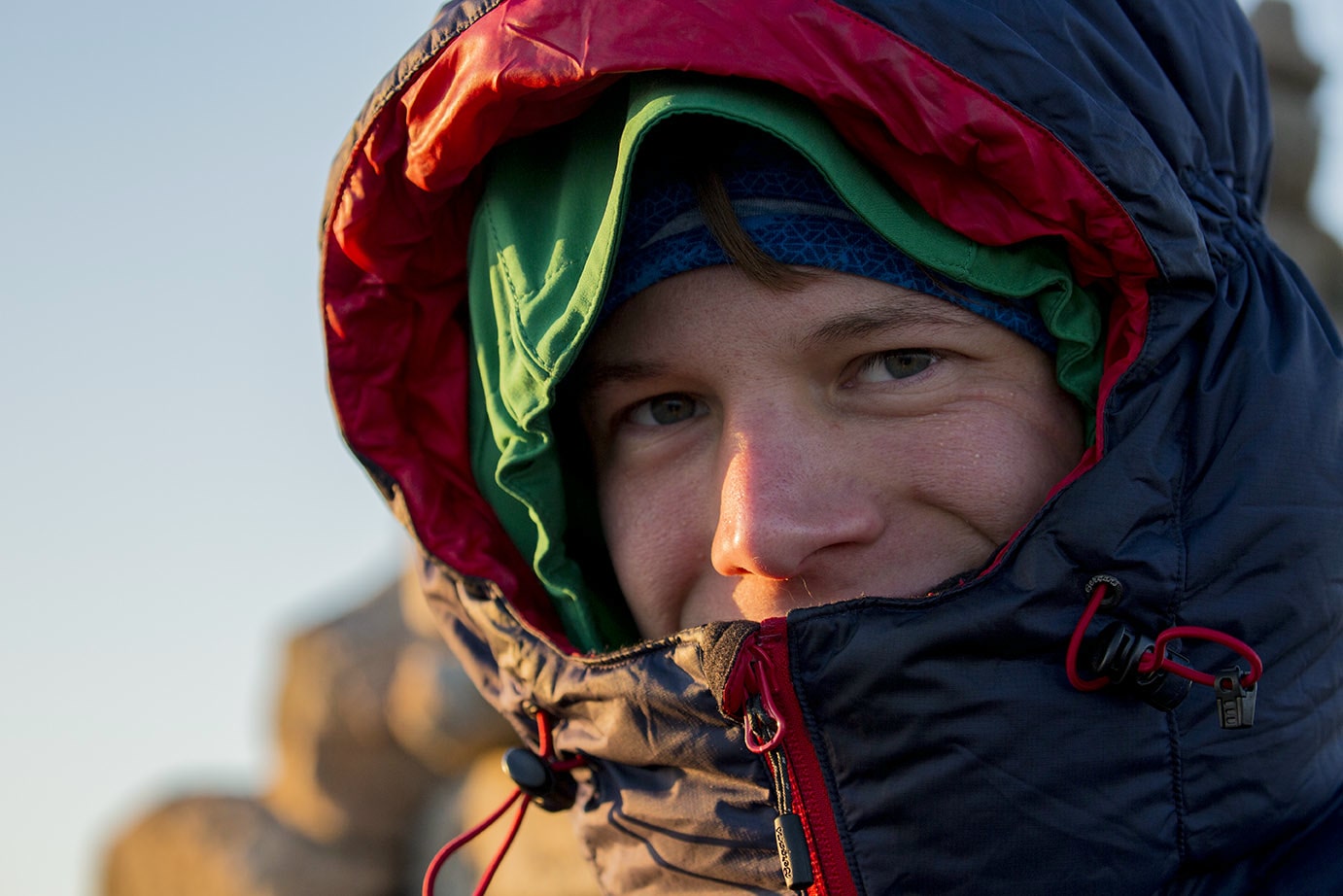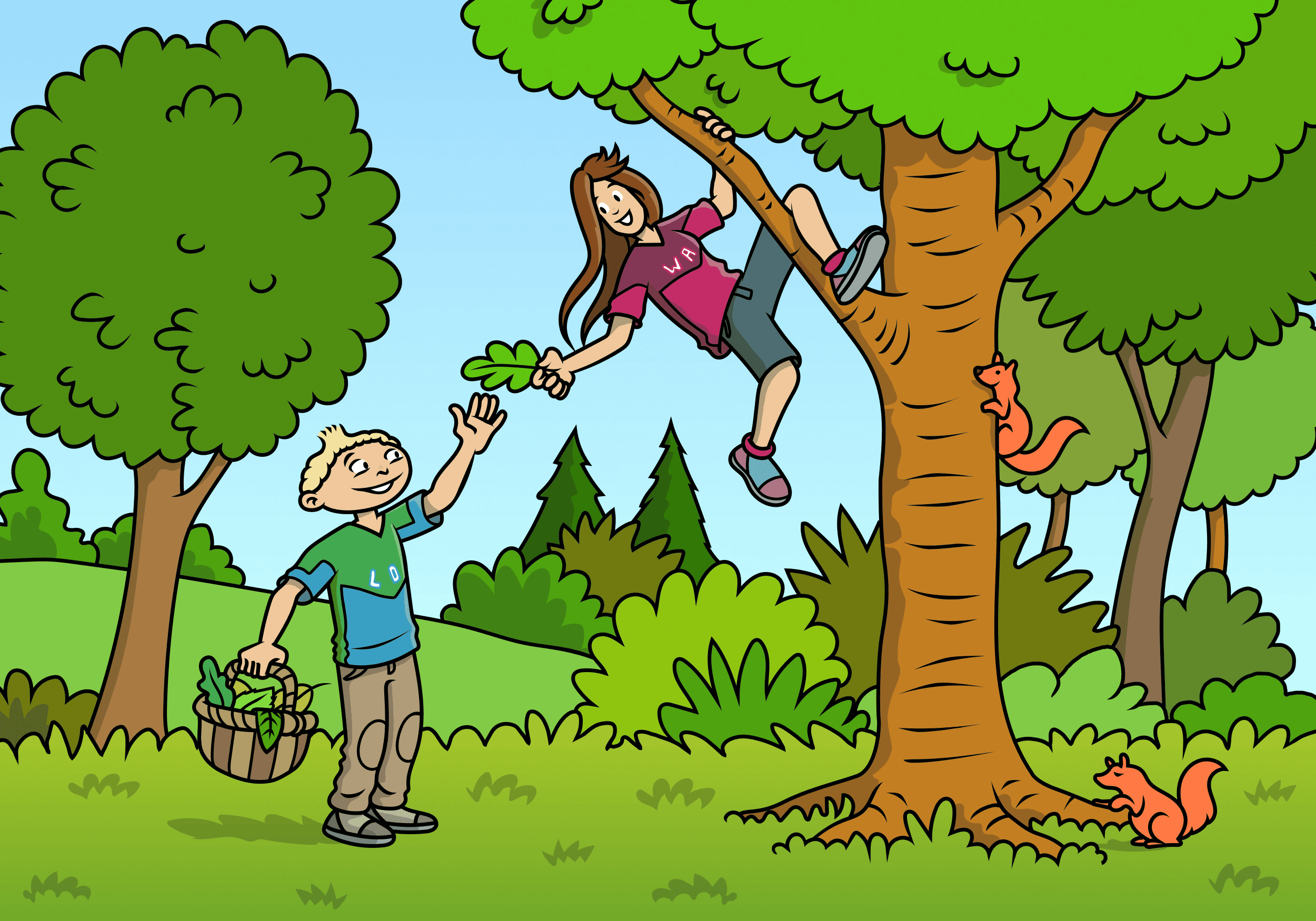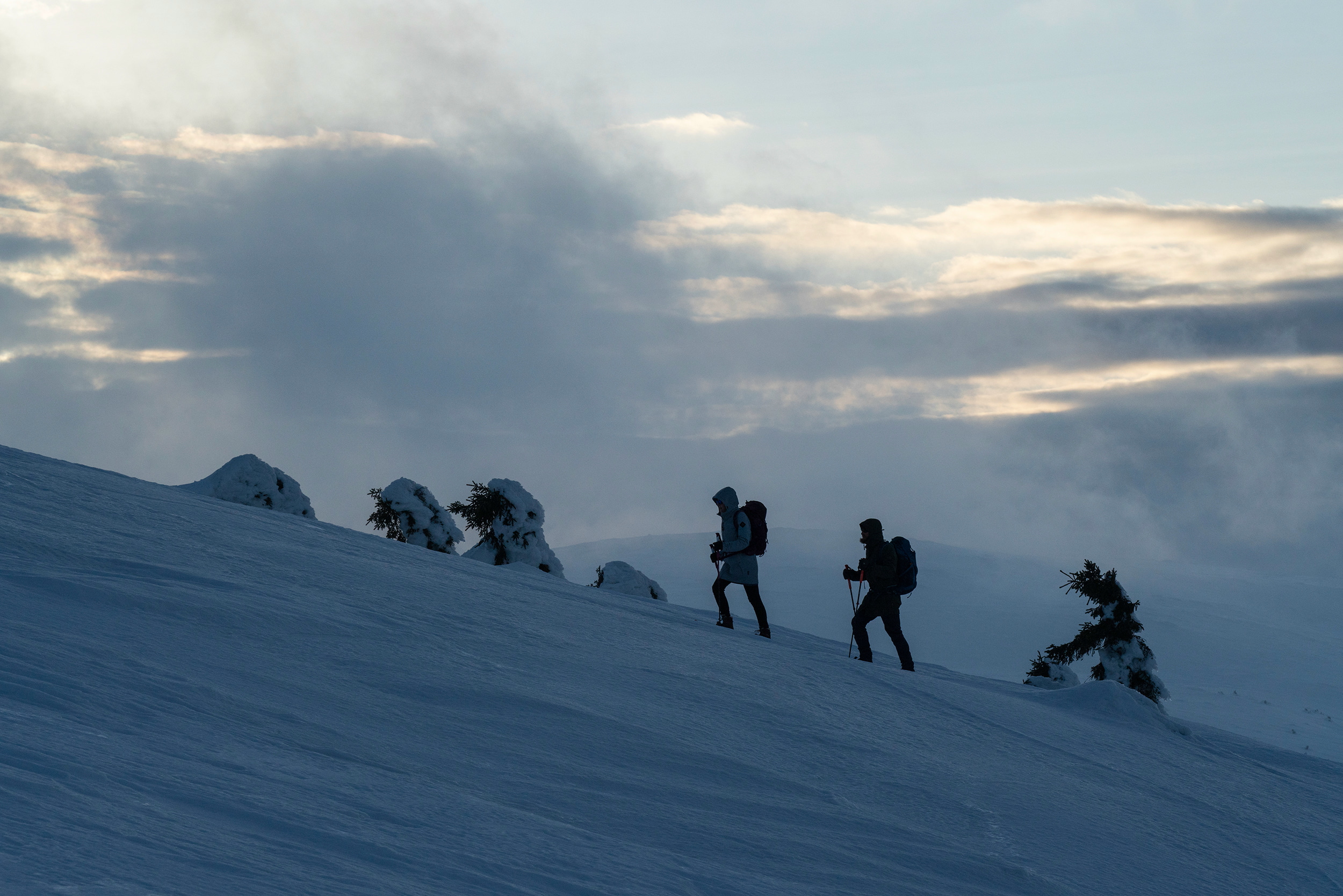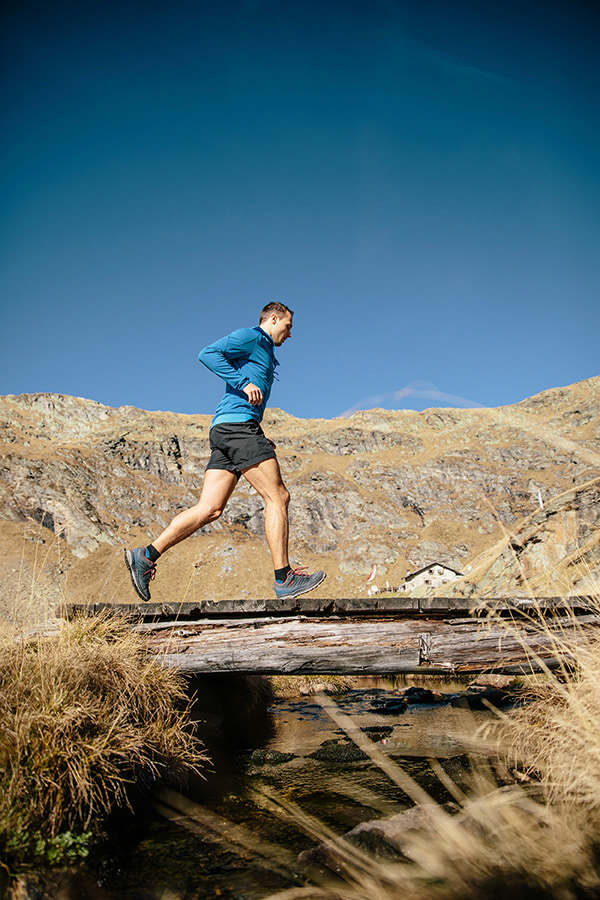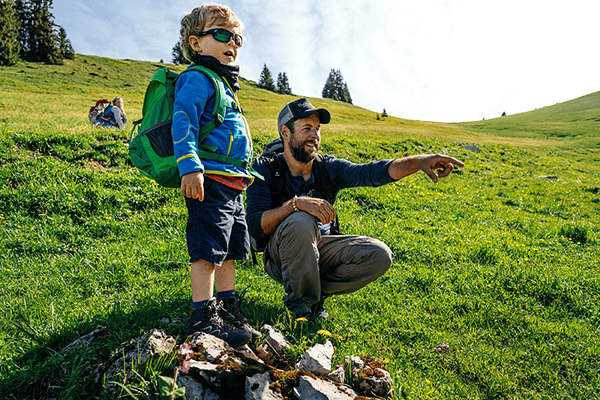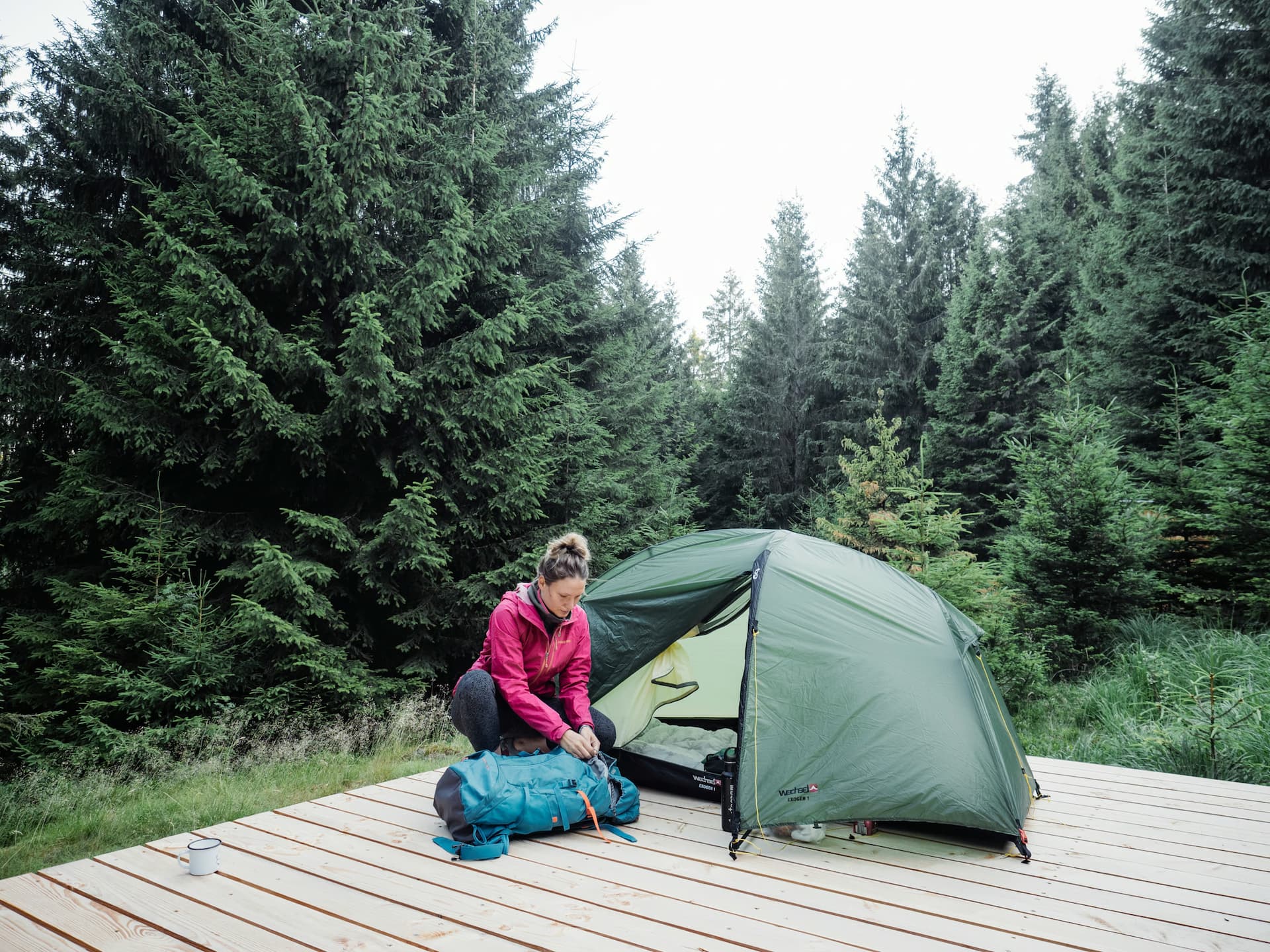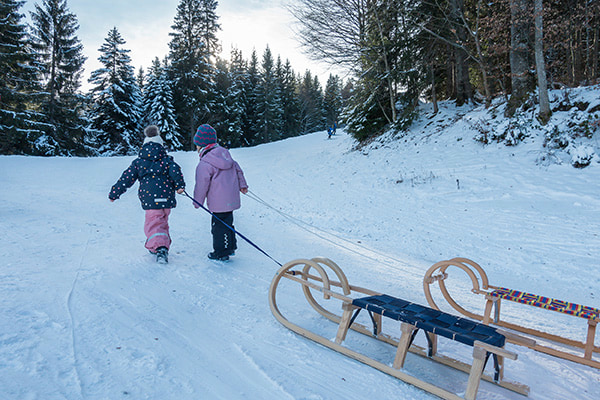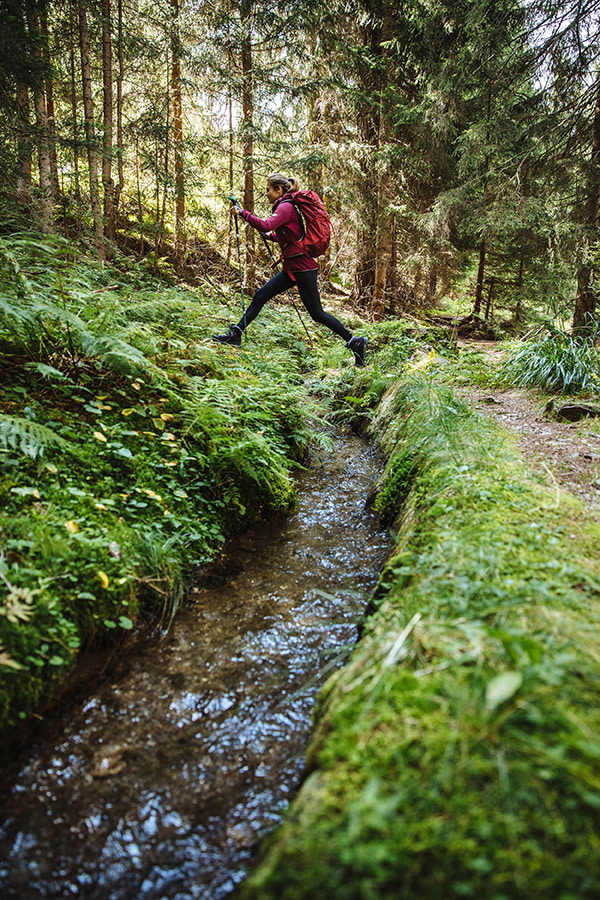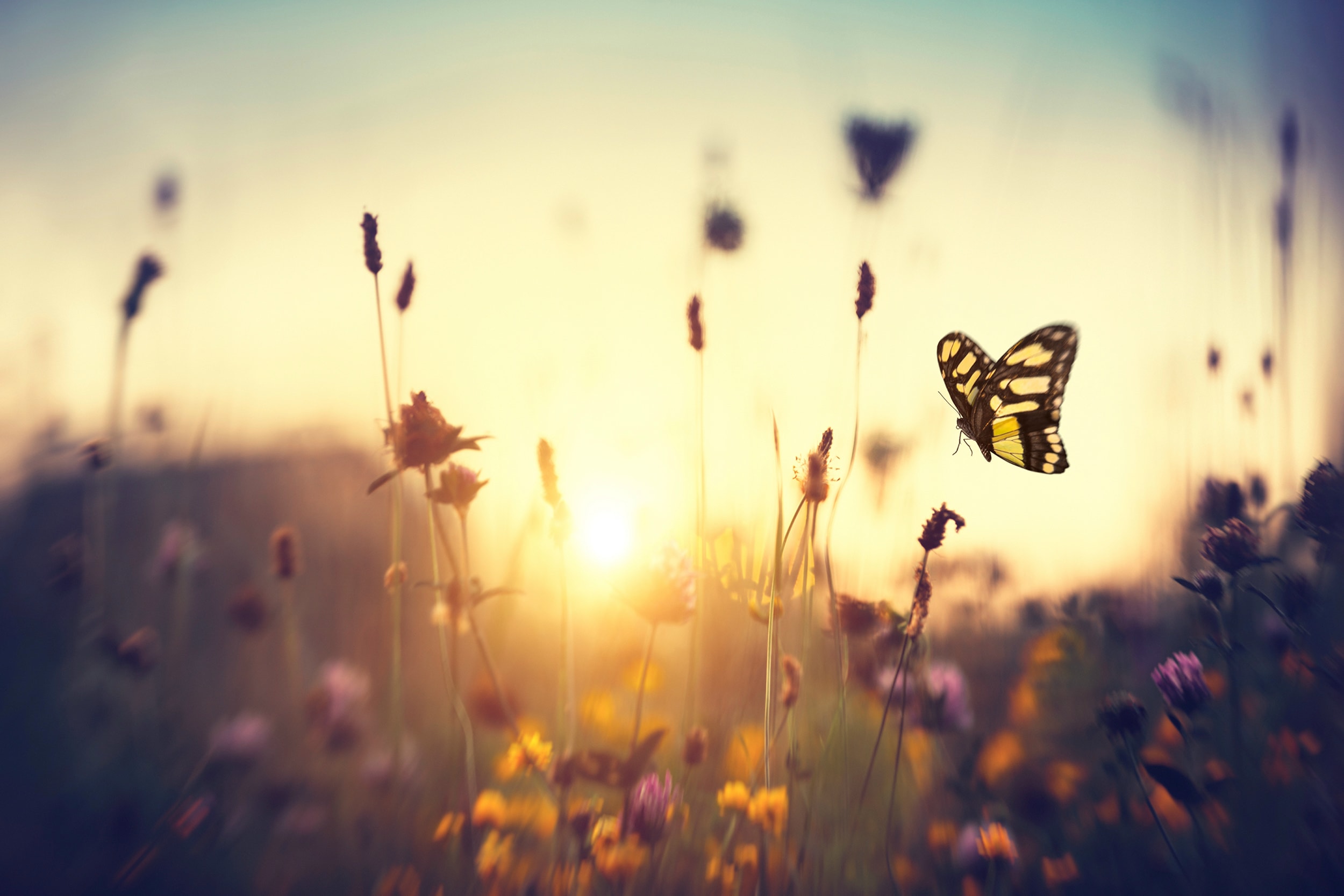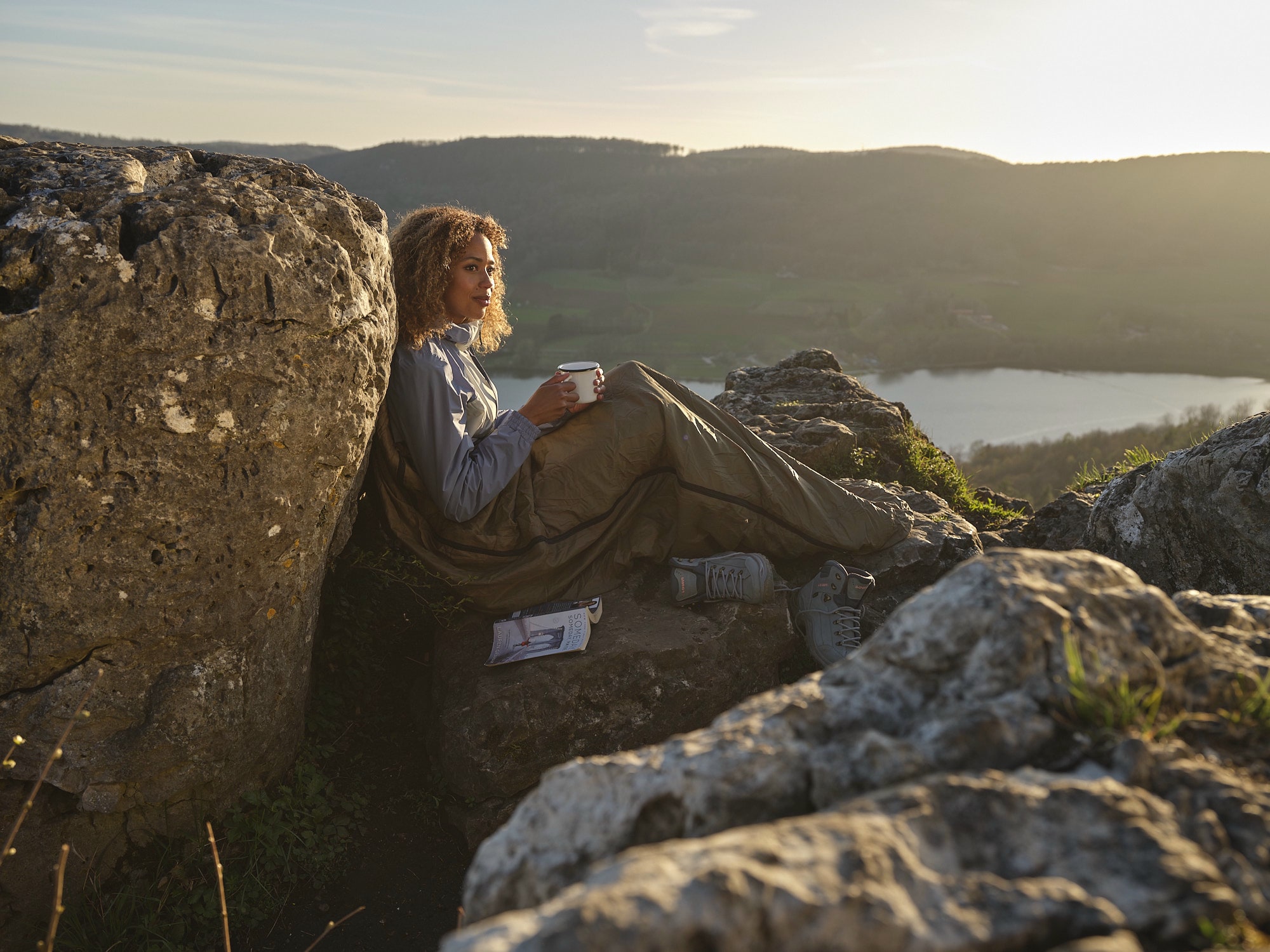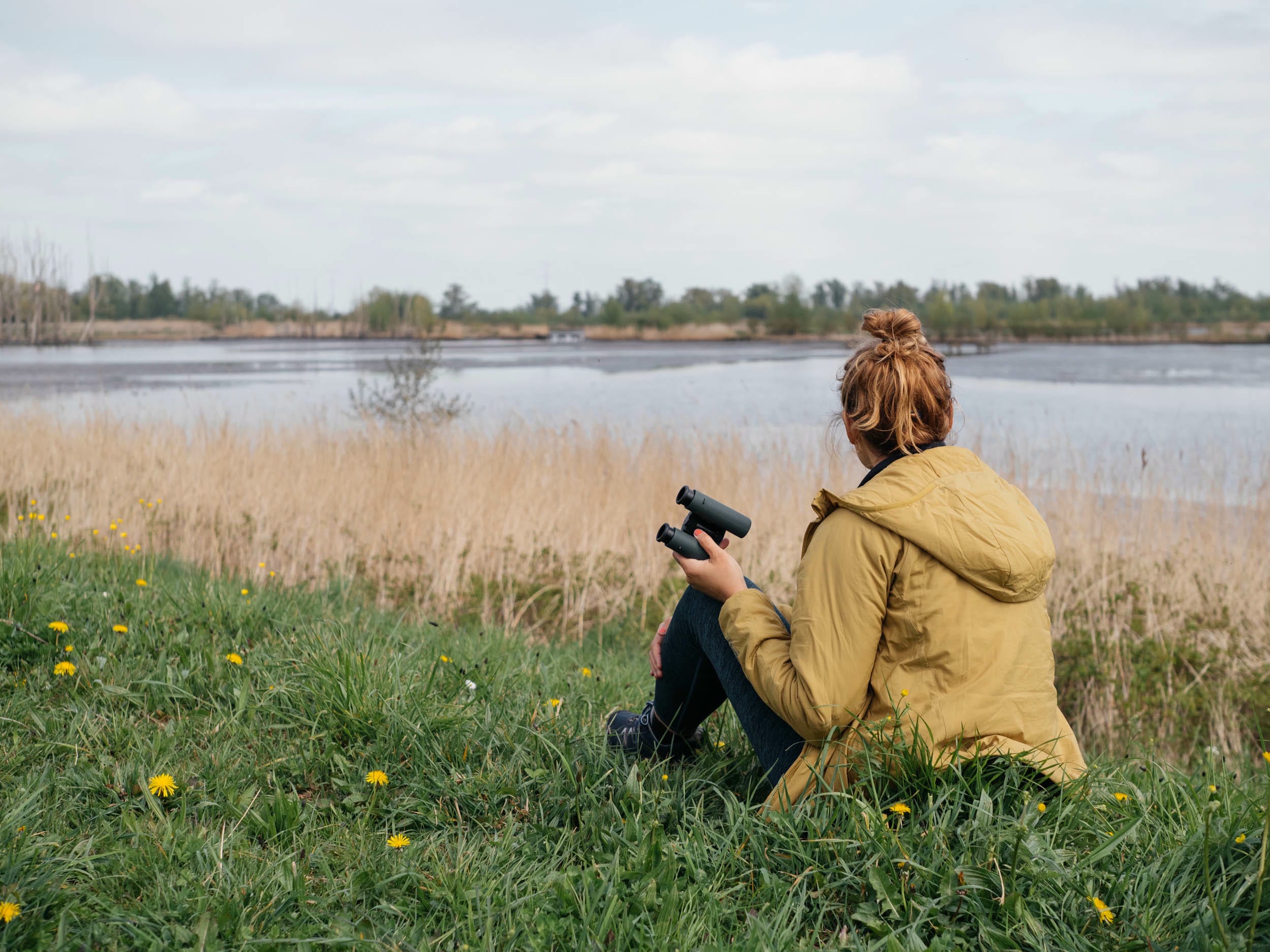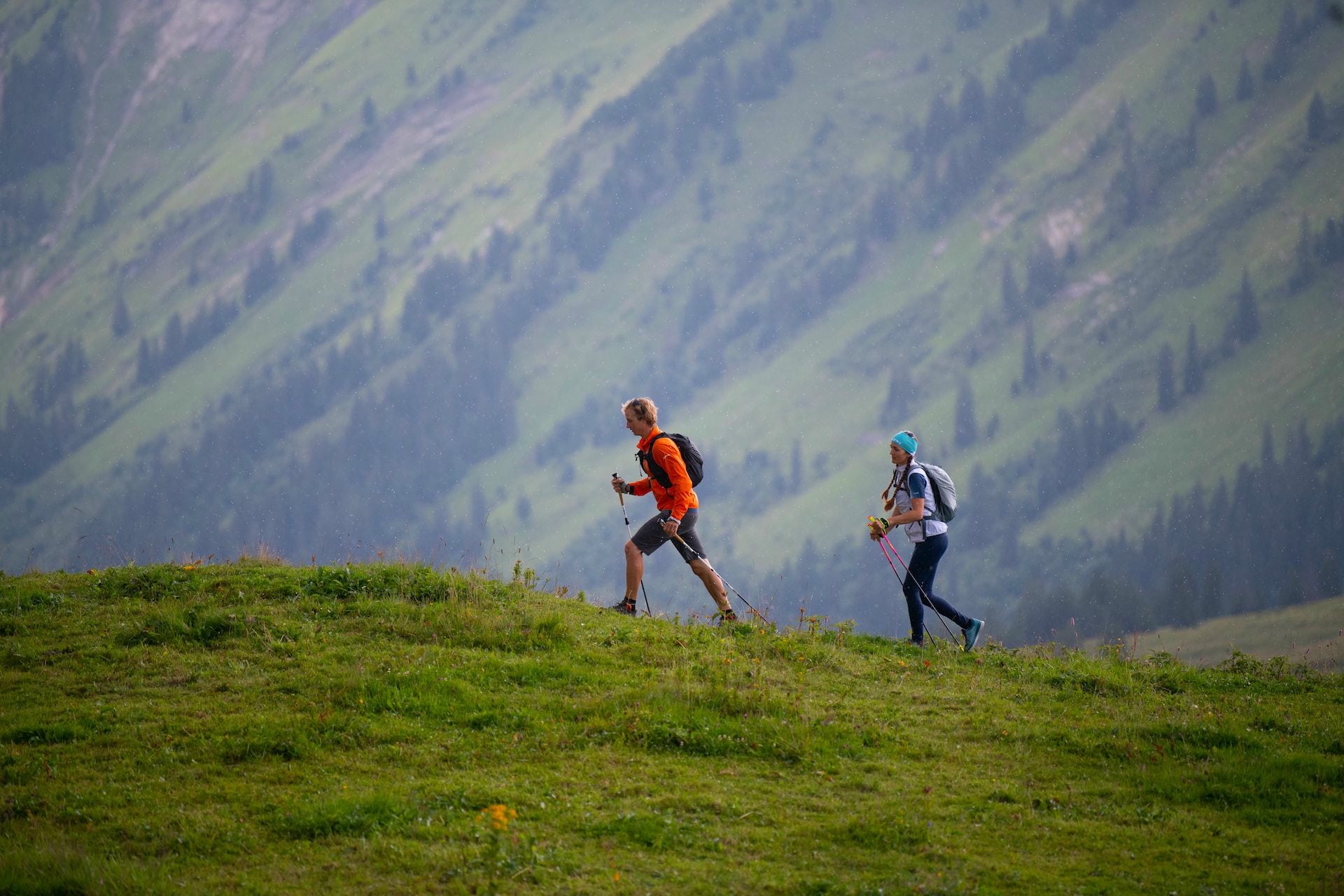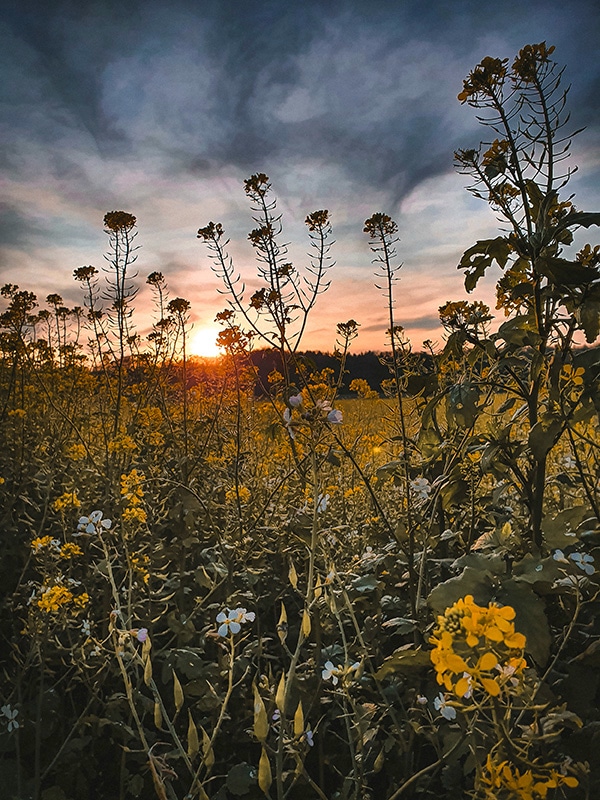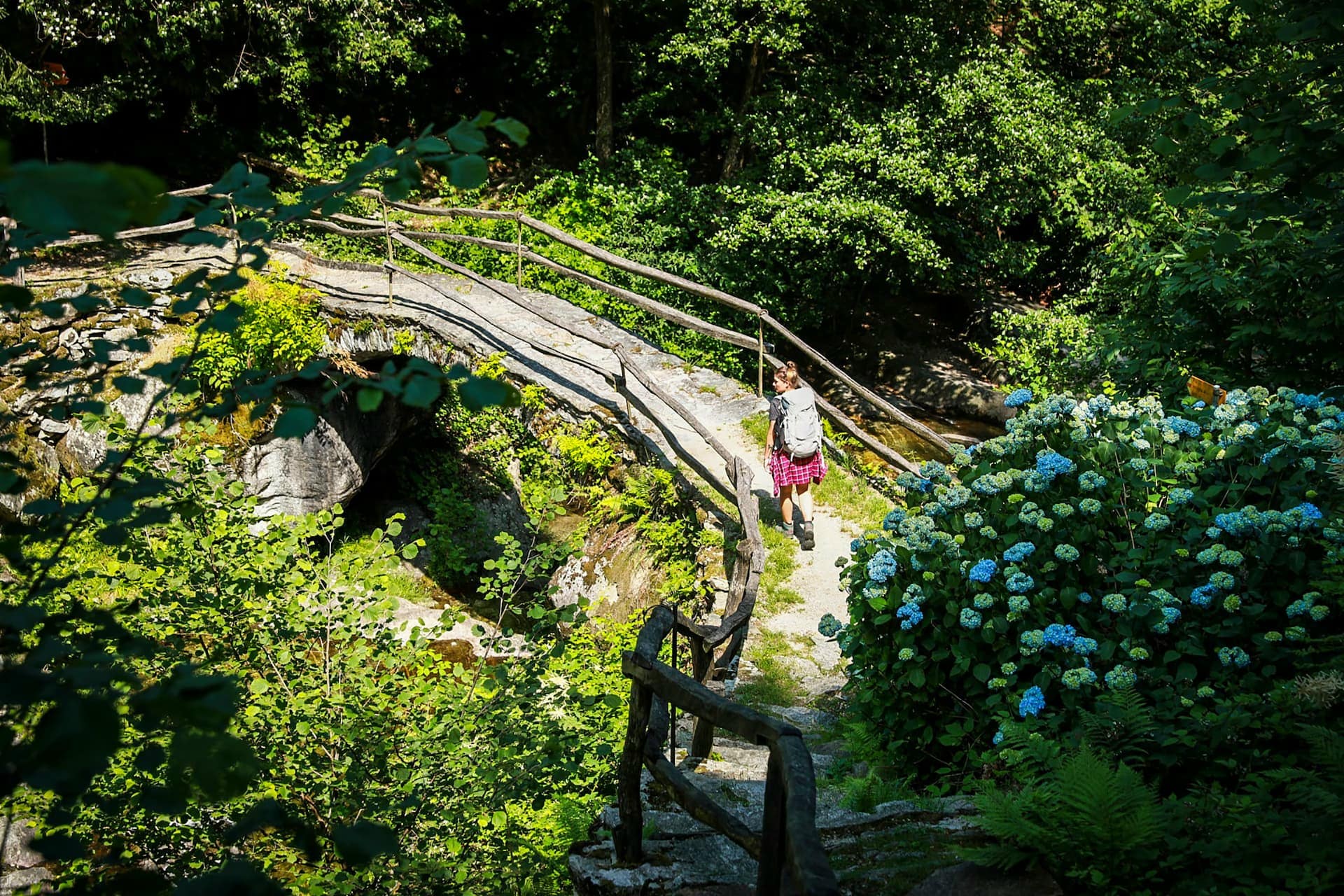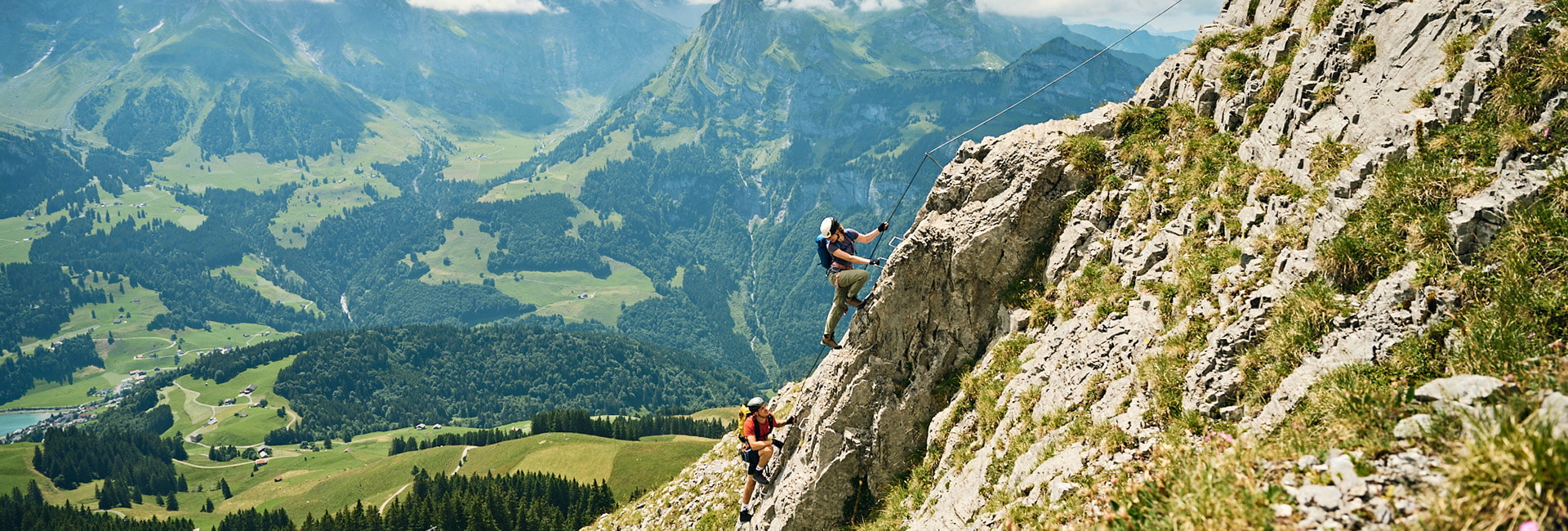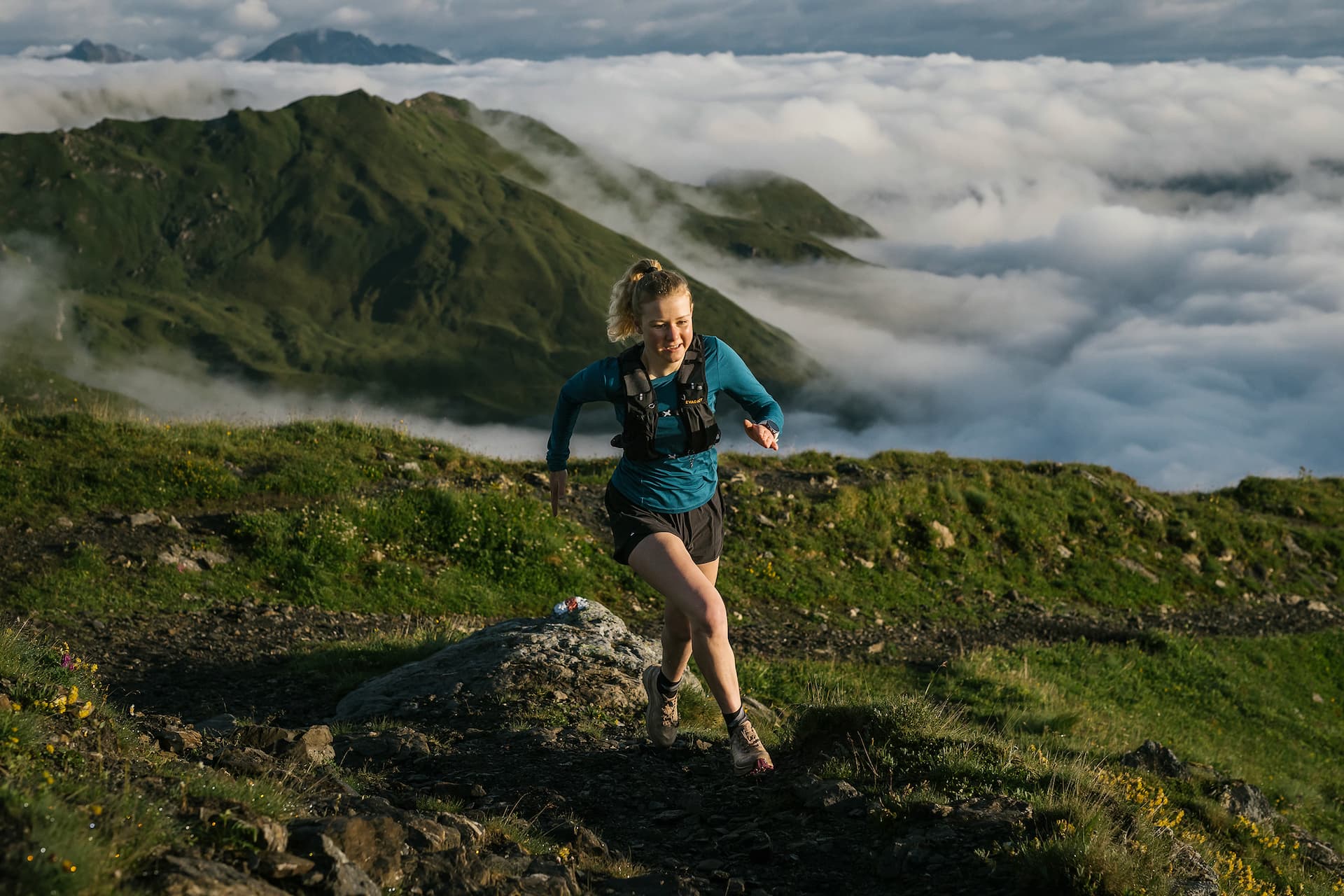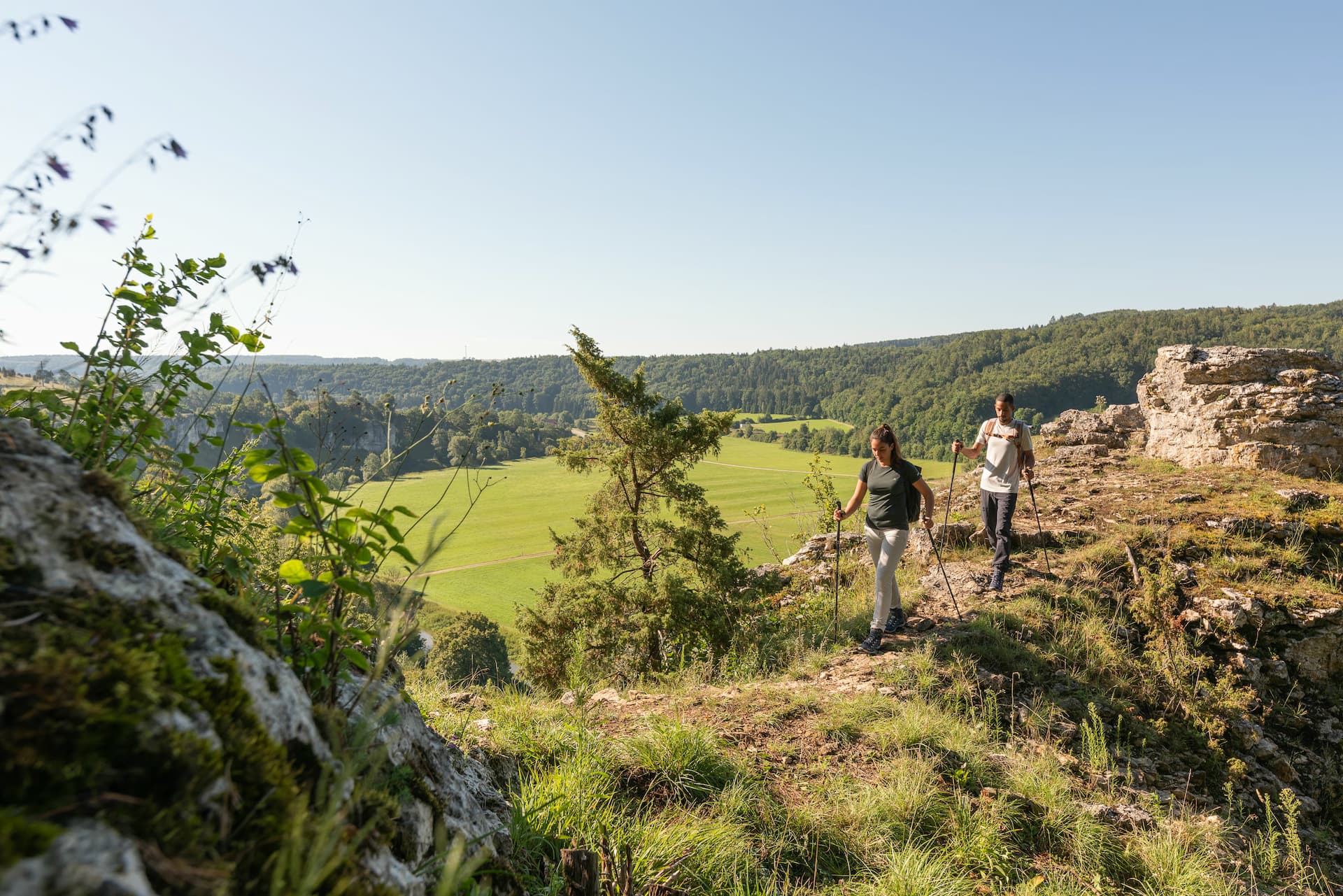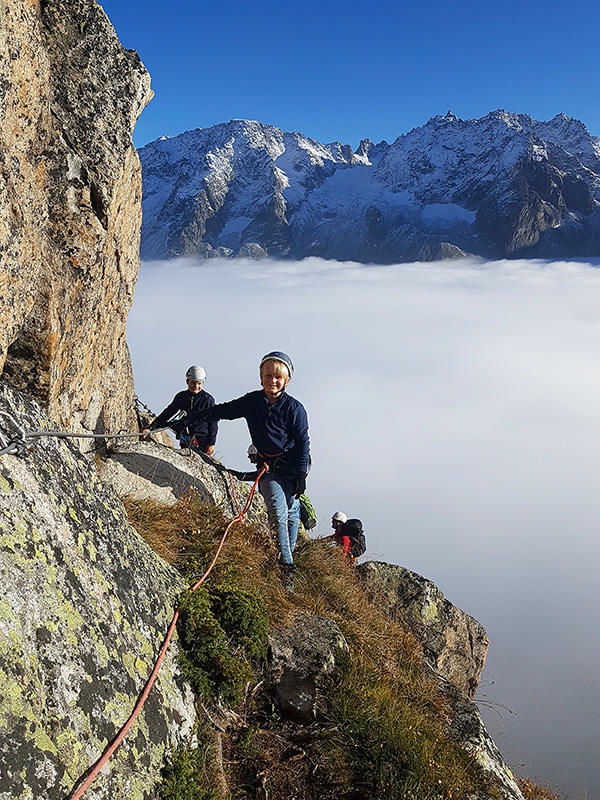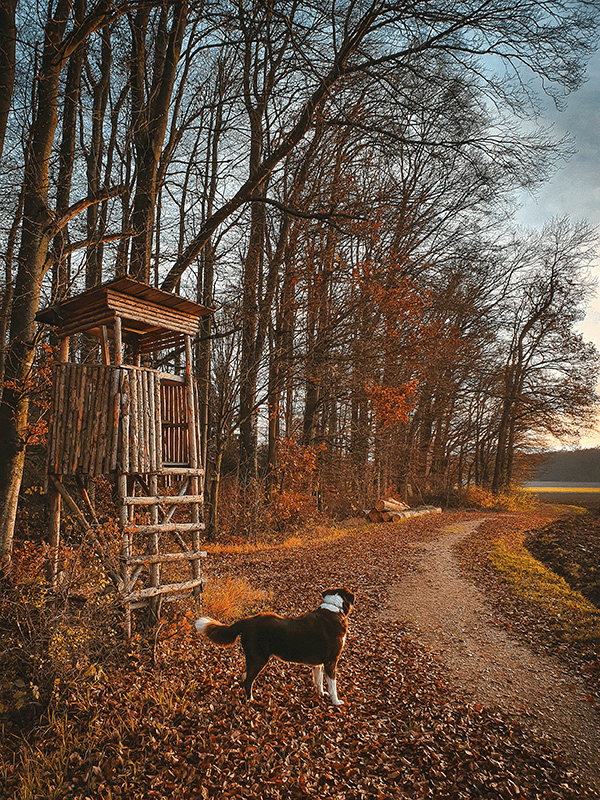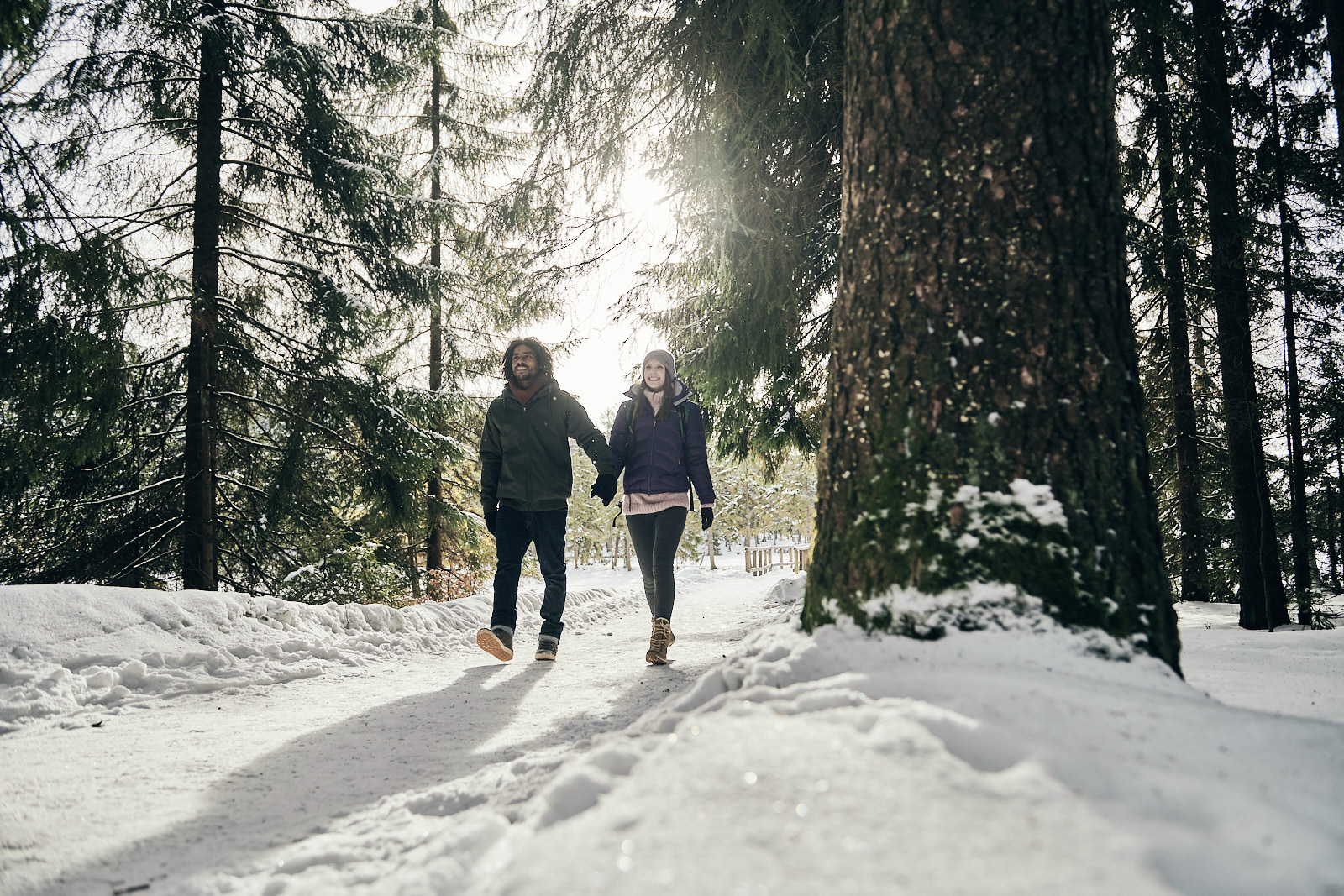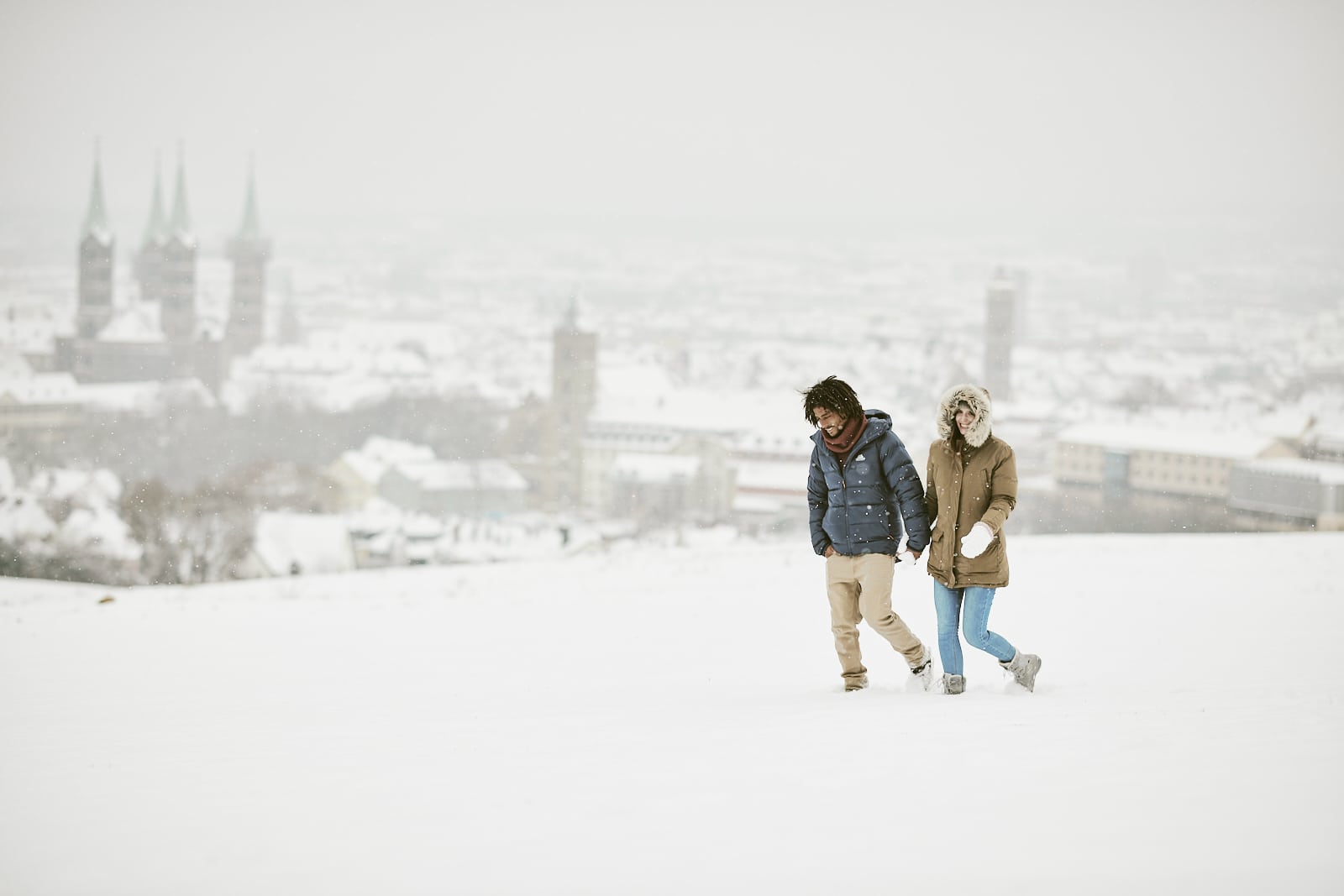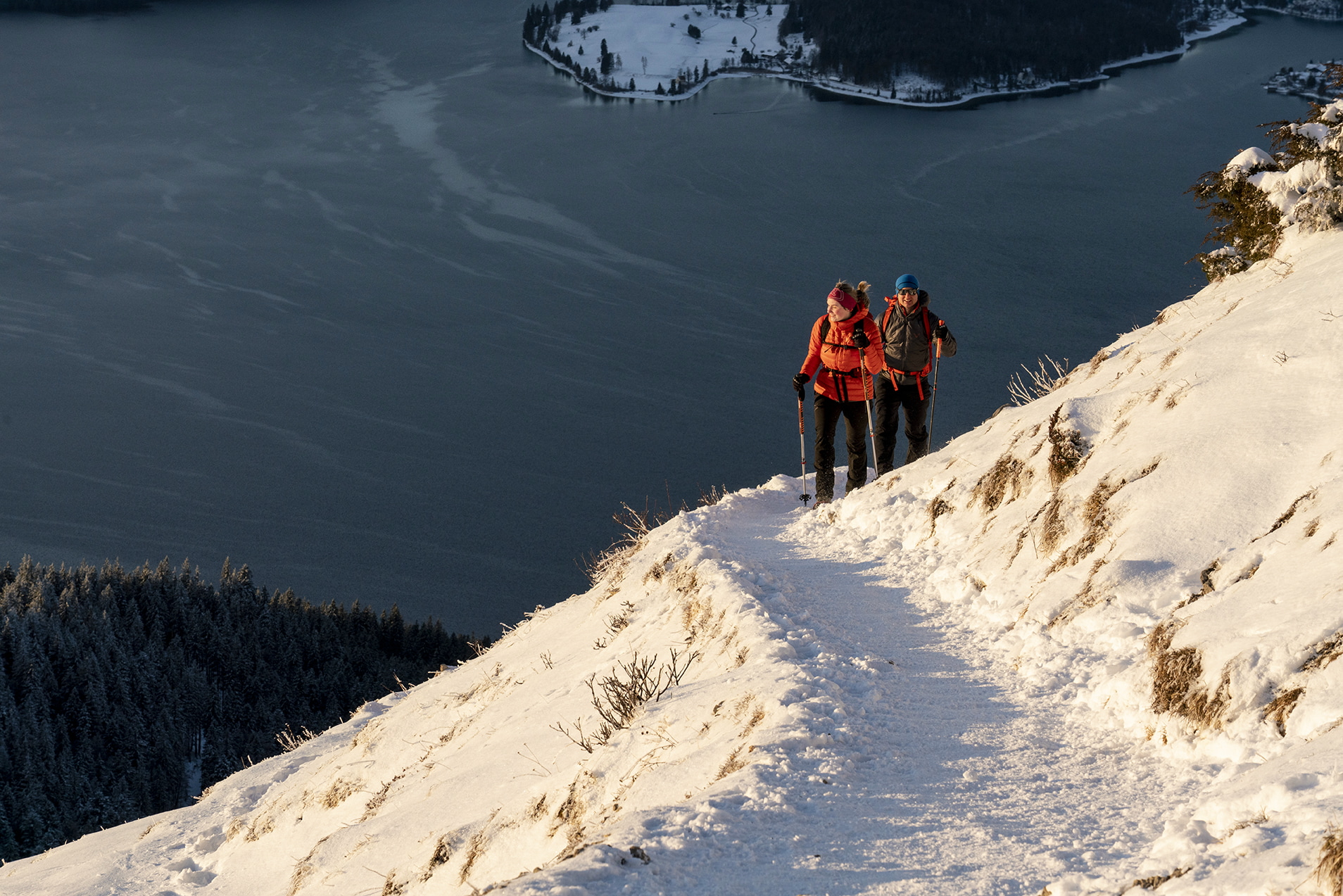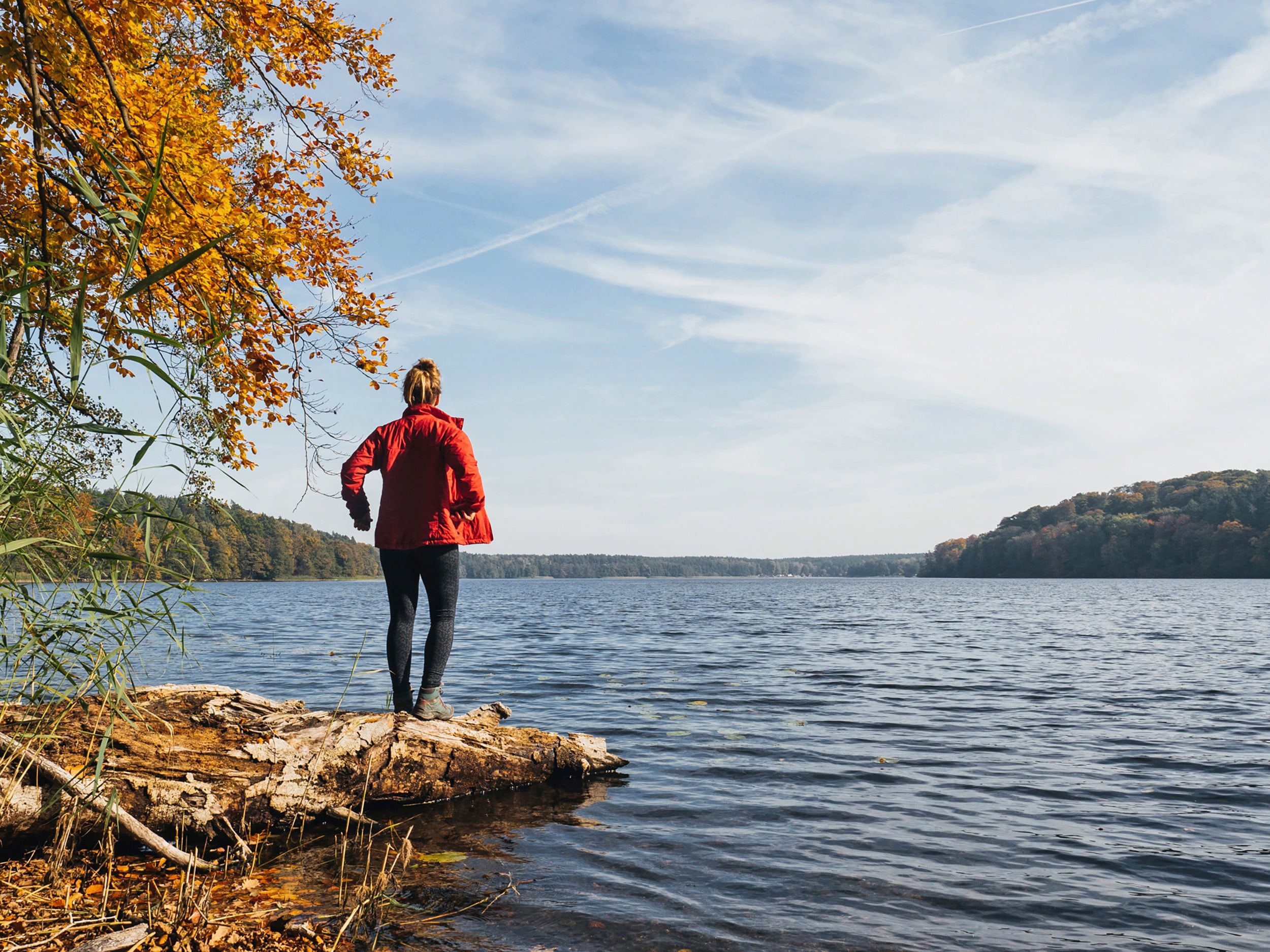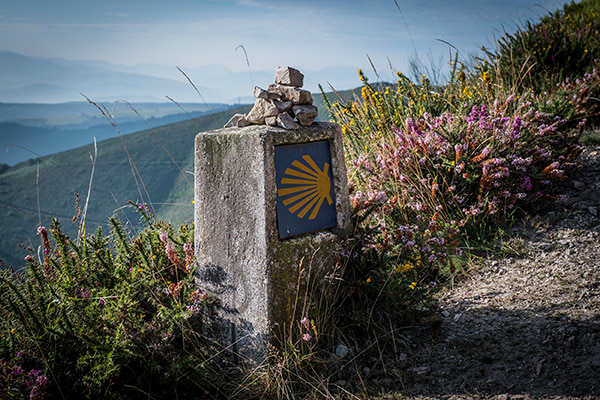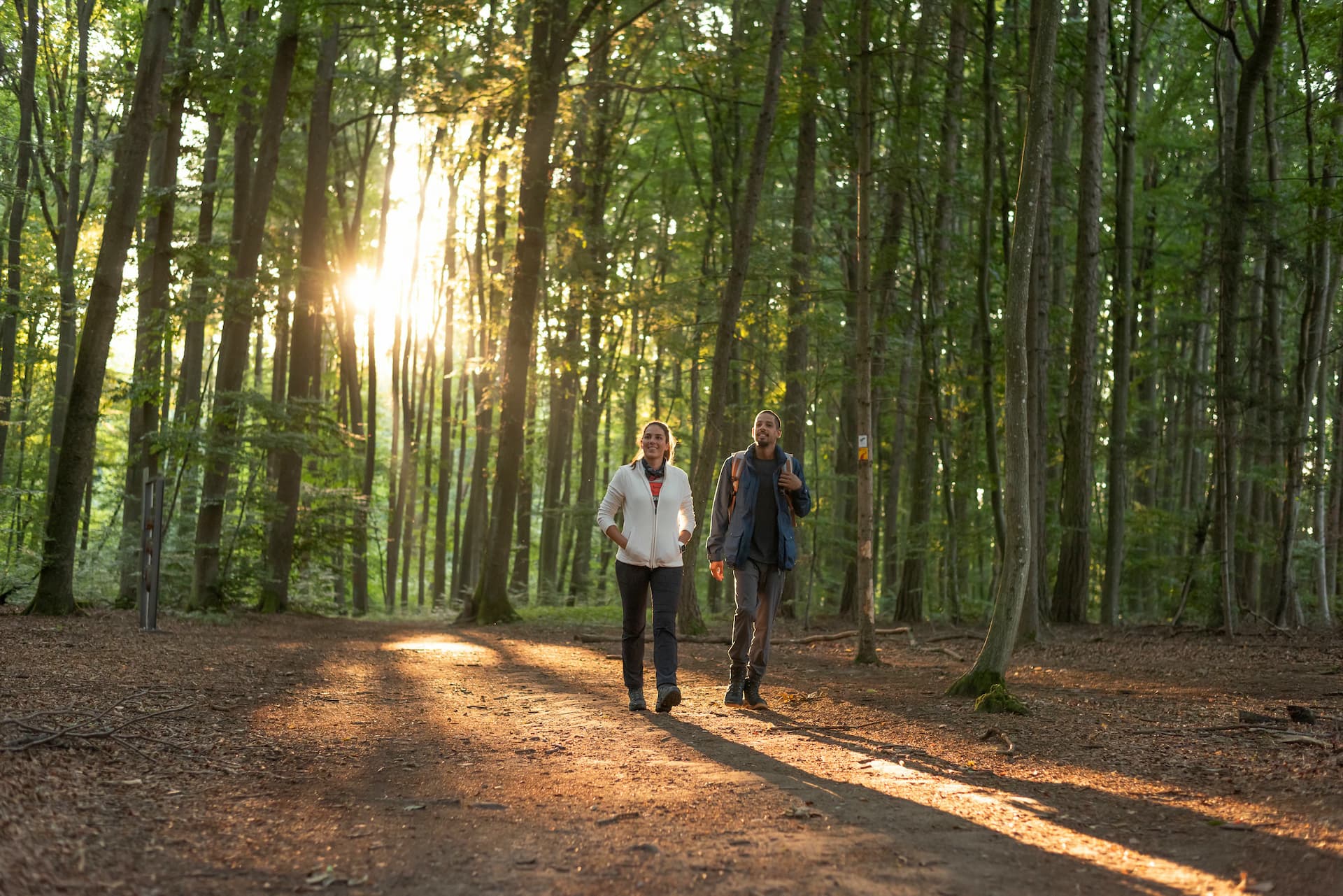Covering over 37 % of Germany, protected areas make up a large part of our natural environment. There is therefore a good chance that we will find ourselves in one of these protected areas while hiking. But what do the various protected areas mean for us and for nature? Digitise the Planet provides valuable tips!
The various protected areas in Germany have very specific functions and therefore require special behaviour from us.
NATIONAL PARKS
National parks are an important area for the development of increasingly rare wilderness. Nature is allowed to develop there without any human intervention. Even the rangers and administrators of the national parks keep out of the natural development in the core zones. As visitors, we should also exercise great restraint here and know the important rules of behaviour: stay on the paths and follow the rules of the national park administration. In this way, everyone contributes to preserving the last wilderness in Germany.
Our tip: What do you need to bear in mind when planning or on site?
The 16 national parks in Germany are particularly interesting for discovering nature in its most undisturbed and natural form. In addition, they often have a wide range of information in visitor centres and on information boards. However, we should inform ourselves in advance about the correct behaviour and our planned activities.
NATURE RESERVES
Nature reserves have similarly strict protection. They are intended to ensure the preservation, restoration and development of biotopes and habitats. If nature allows, we can enjoy special experiences and observations here. As in the national park, these areas may usually only be entered on the paths. It is best to find out about the special conditions in the area in advance and later on site. Many different habitats and animals require adapted behaviour from us. If you inform yourself, you will learn exciting things about the animals and plants.
Our tip: What should you look out for when planning or on site?
There are several thousand of these often small areas in Germany. It is often difficult to find and take note of every nature reserve when planning. They are often signposted and with a few small rules of behaviour we can visit them without worry. We should always stay on the paths, keep quiet, not pick any plants and not alter nature in the slightest. It is important not to leave any traces behind.
"Protected areas are not just about protecting nature. They are also places for leisure, education and culture. Many of our protected areas address these aspects and contribute to their preservation." - Digitise the Planet**
NATURE PARKS
Nature parks have three unifying tasks: Nature parks are intended to promote the regional economy, recreation and nature conservation. They are often an association of several smaller and different protected areas that together form a nature park region. In the nature park regions, the range of leisure activities is varied and adapted to the landscape. Regional culture can be experienced in the small villages and traditional businesses. Whether tasting regional specialities or attending traditional events.
Our tip: What should you look out for when planning your holiday or when you are there?
Nature parks offer us many different opportunities to experience nature as well as regional culture. We often find a great offer in the visitor centres or on the nature park's website. There are areas where we can experience nature to the full and without restrictions. A wide variety of sporting activities are on offer here. In the nature park communities we can enjoy regional specialities and immerse ourselves in the culture. But we also need to keep an eye out for smaller protected areas, such as wildlife reserves and nature reserves, which are located in the nature park. These areas are important retreats for nature park residents.
BIOSPHERE RESERVES
The internationally important biosphere reserves recognised by UNESCO are regions with a special connection between nature and people. They focus on a sustainable way of life in a unique natural environment. Like national parks, biosphere reserves are also divided into different zones. In the core zones, strict conditions apply to the protection of nature, such as road bans and other rules.
Our tip: What should you look out for when planning your holiday or when you are there?
Here we can discover very special and unique landscapes as well as traditional agriculture or nature conservation by humans. Due to the similar zoning into a core zone and a maintenance zone, we must also pay attention to careful behaviour here, especially in the core zone, and inform ourselves about this on site.
LANDSCAPE CONSERVATION AREAS
In contrast, the least restrictions apply to visitors in landscape conservation areas. These areas, some of which cover large areas, protect nature used by humans, i.e. special cultivated areas and landscapes.
Our tip: What should be taken into account during planning or on site?
Similar to nature reserves, we often cannot find these in the planning. They are signposted outside. In most cases, we can move around freely here. Of course, we have to make sure that we don't cause any damage or changes to nature or the farmers' fields.
DIGITISE THE PLANET E. V.
TOGETHER FOR DIGITAL VISITOR GUIDANCE
For the benefit of all, the non-profit association collects, structures and digitises normative principles for sport and recreational use of nature and supports the cooperation of stakeholders from the fields of outdoor sports, nature conservation and tourism in their digital dissemination.
Digitise the Planet e. V. (DtP) is dedicated to the well-known challenge of communicating rules for the use of nature to users of nature. To this end, the non-profit association collects information on rules and laws for the use of nature at an international level, structures and digitises it and then makes it available free of charge as georeferenced and machine-readable open data. DtP does not limit itself to data it has collected itself. A platform specially developed by DtP enables managers of protected areas to enter data directly. Tour portals and navigation services can use this data, integrate it into their systems and distribute it to their community. This creates responsible behaviour based on information and directs outdoor enthusiasts to the right paths/areas when planning their routes.
The members, including destinations and protected areas as well as companies and interest groups from Germany, Austria and Slovenia, support the association. Their membership fees form the financial foundation of the association's work. Donations and project funding, such as that of the German Federal Environmental Foundation, are further important contributions to guaranteeing the service. Regular Digitize DIALOGues and various webinars promote exchange and information within the network.
As the majority of route planning takes place digitally, the need for a digital interface to communicate compliant behaviour was obvious. A lack of capacity on the part of the public sector, a lack of private sector interest and a sense of responsibility, but also the realisation of the need for structured data led to the founding of the non-profit association Digitize the Planet e. V. in March 2020. The board, consisting of representatives from the nature conservation, outdoor sports, tour portals and tourism interest groups, provides DtP with a broad range of expertise. With its three-person team, the association is able to act and implement effectively on a day-to-day basis.
